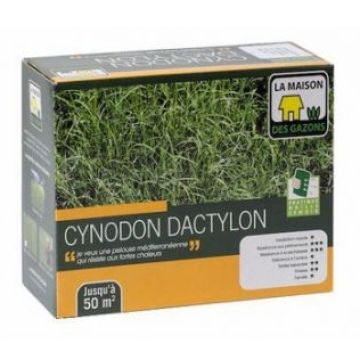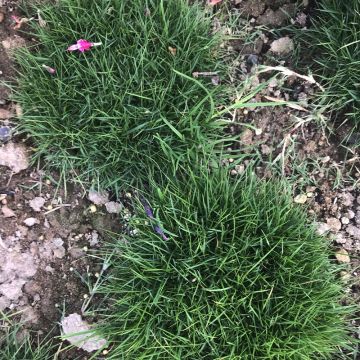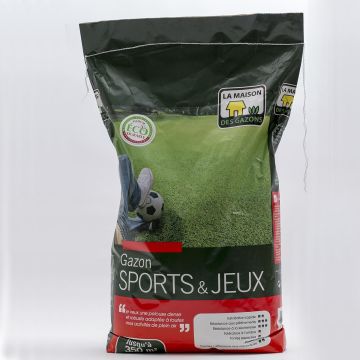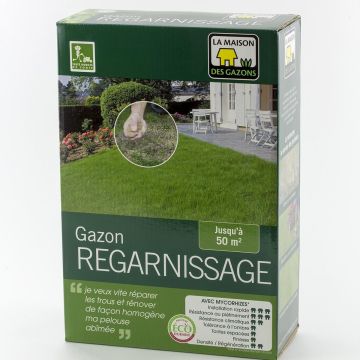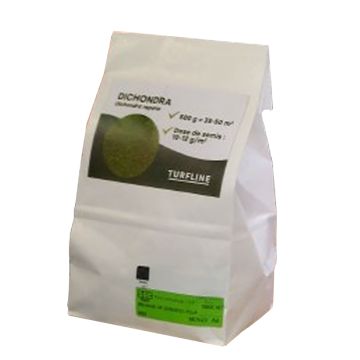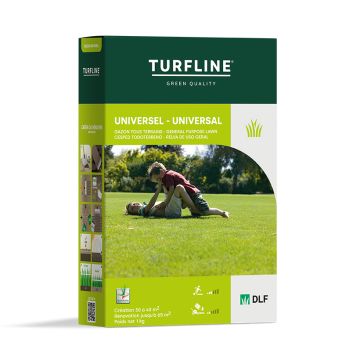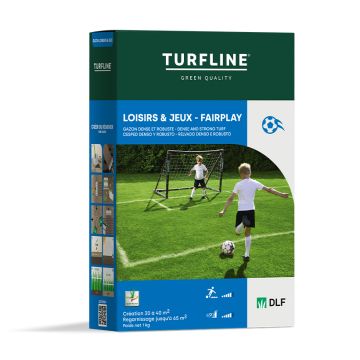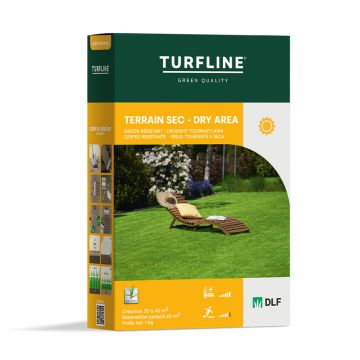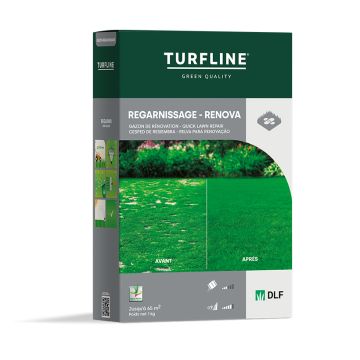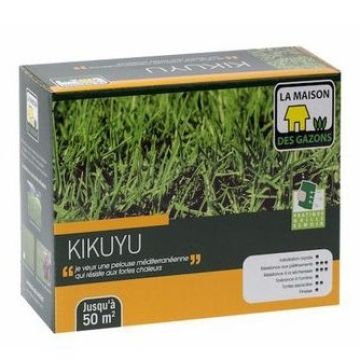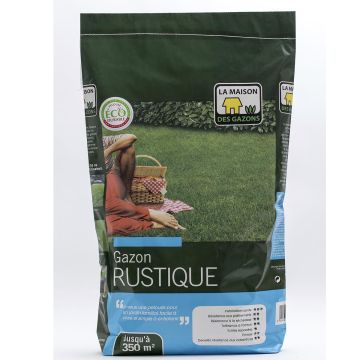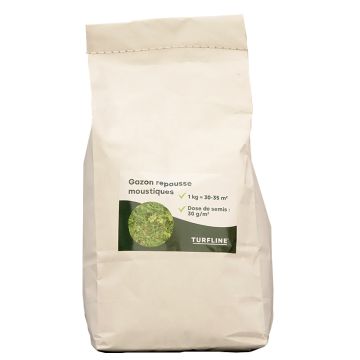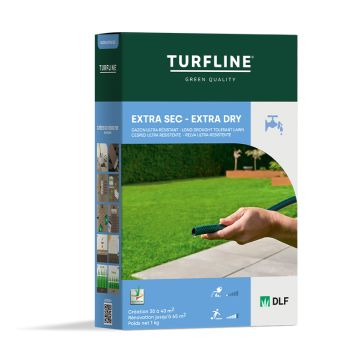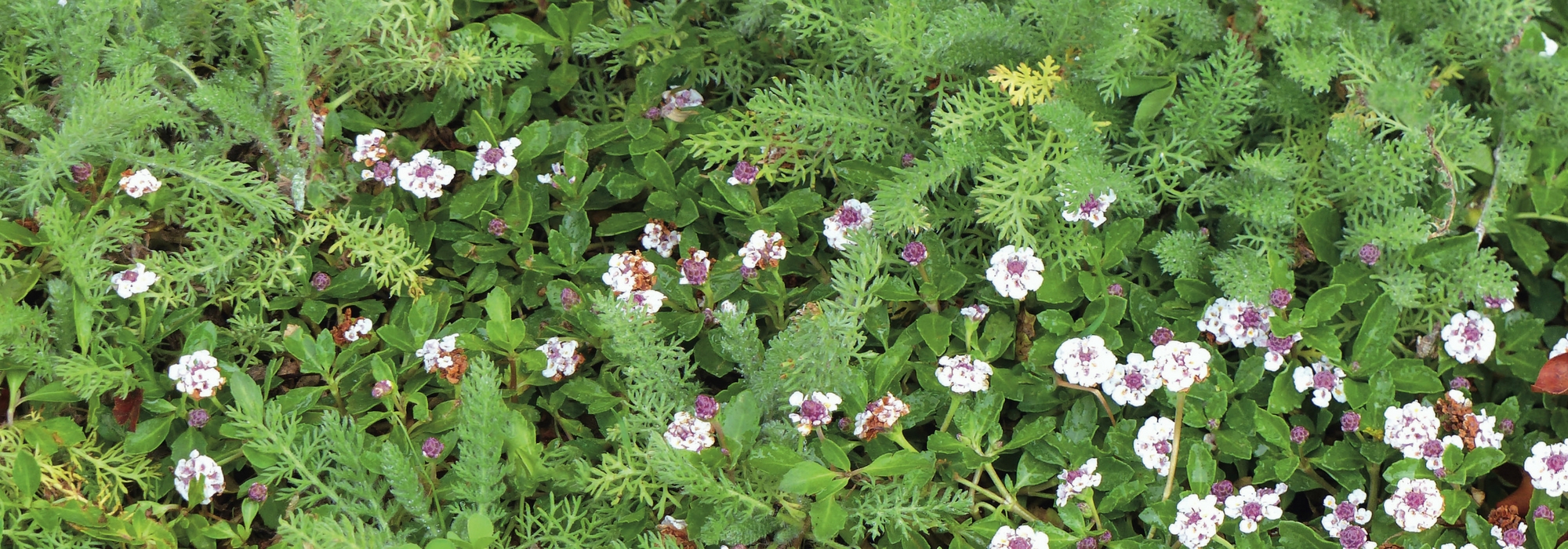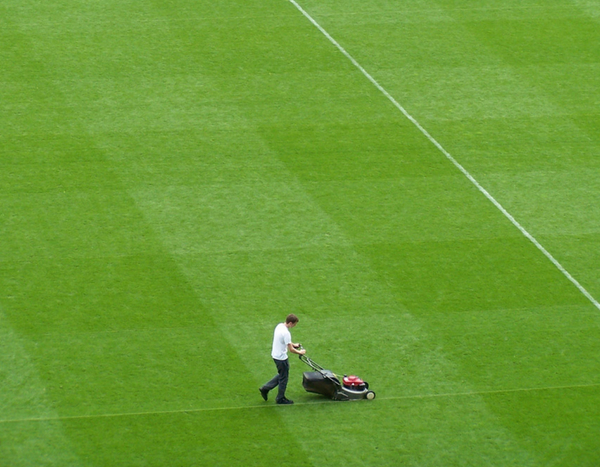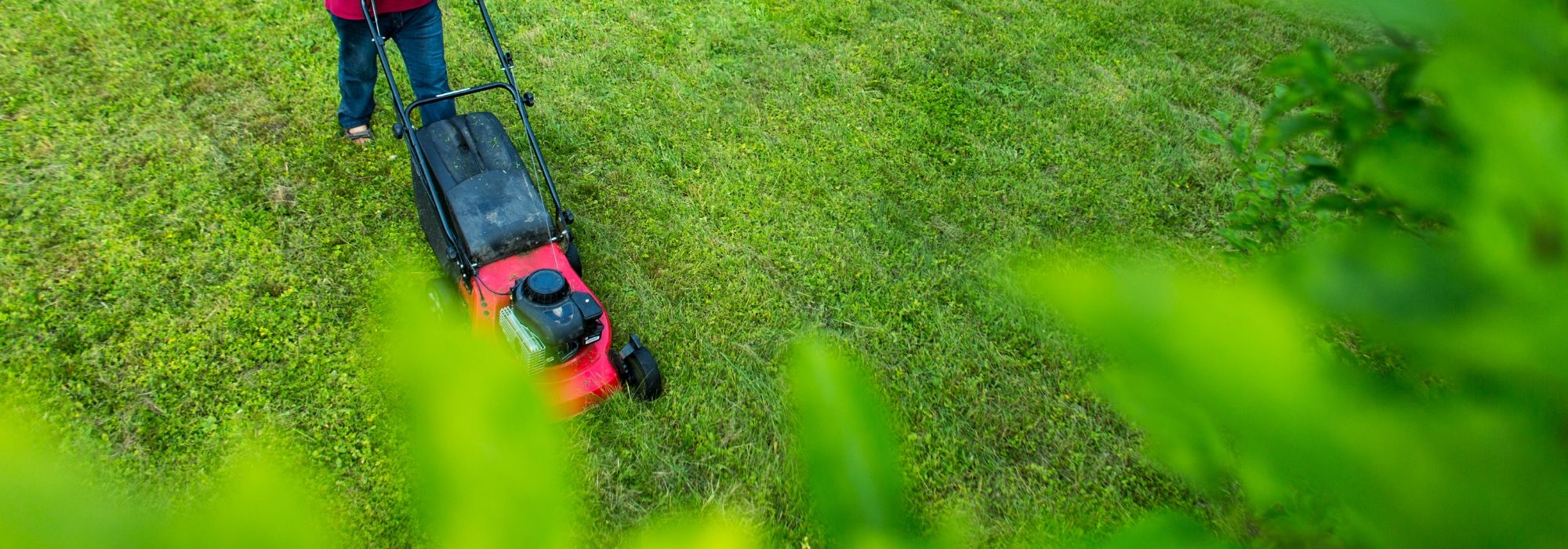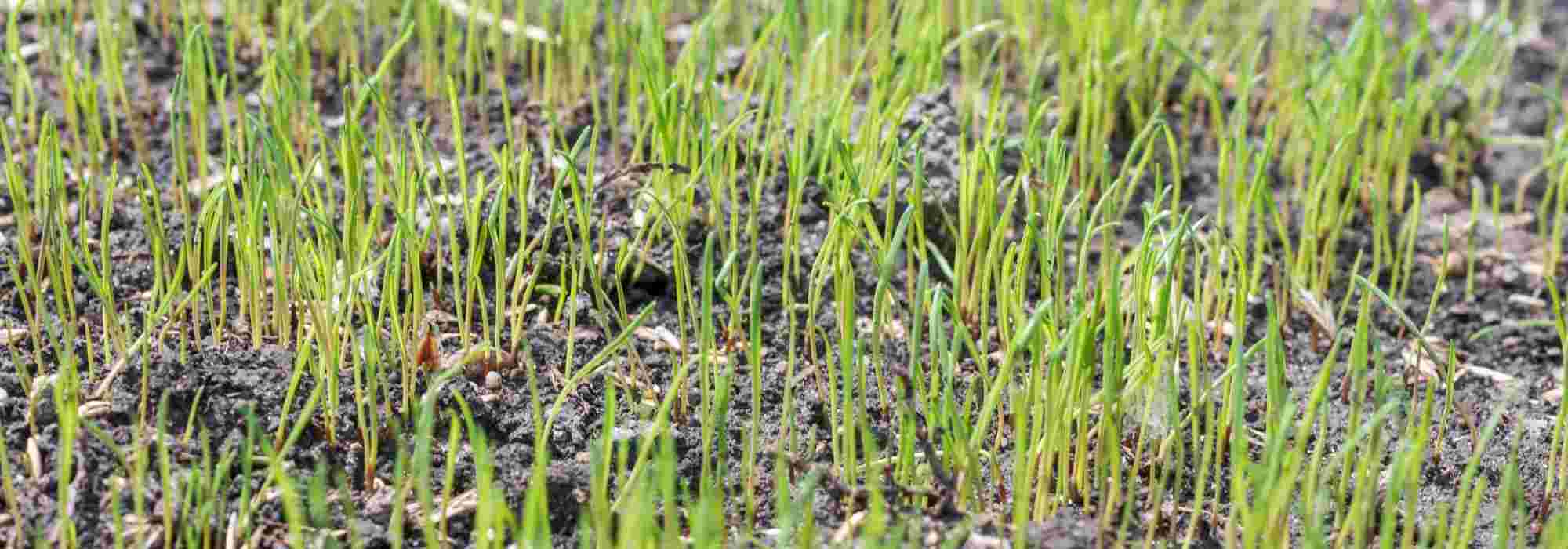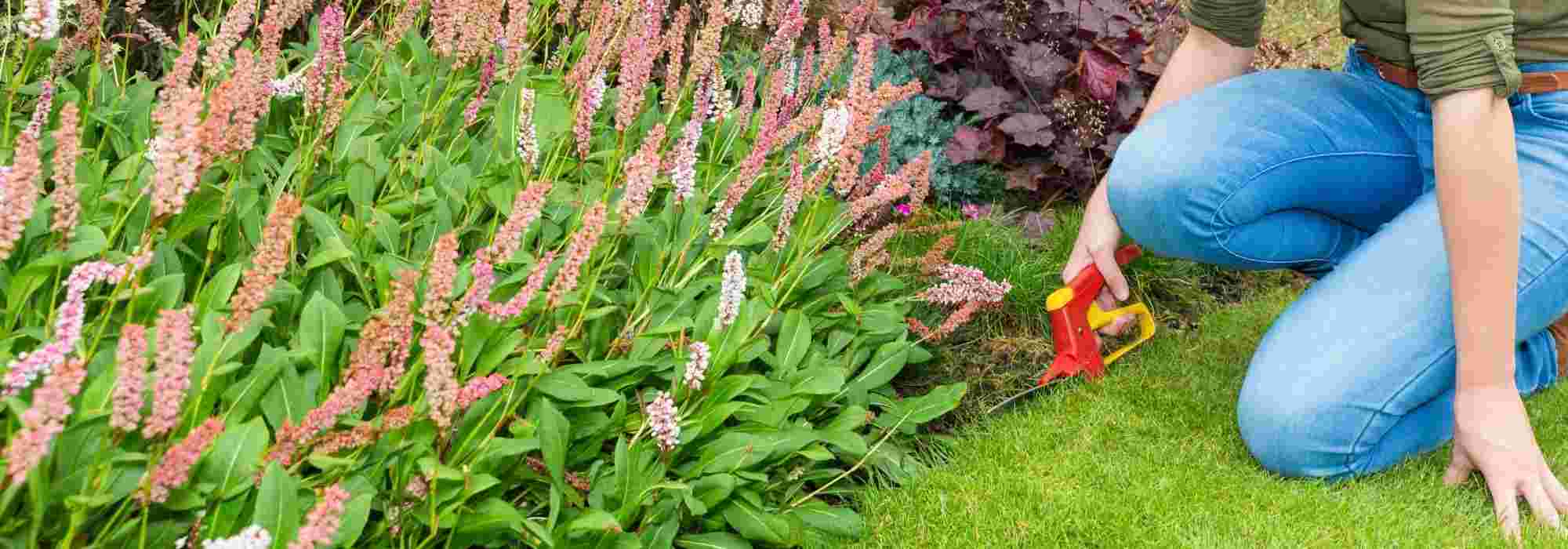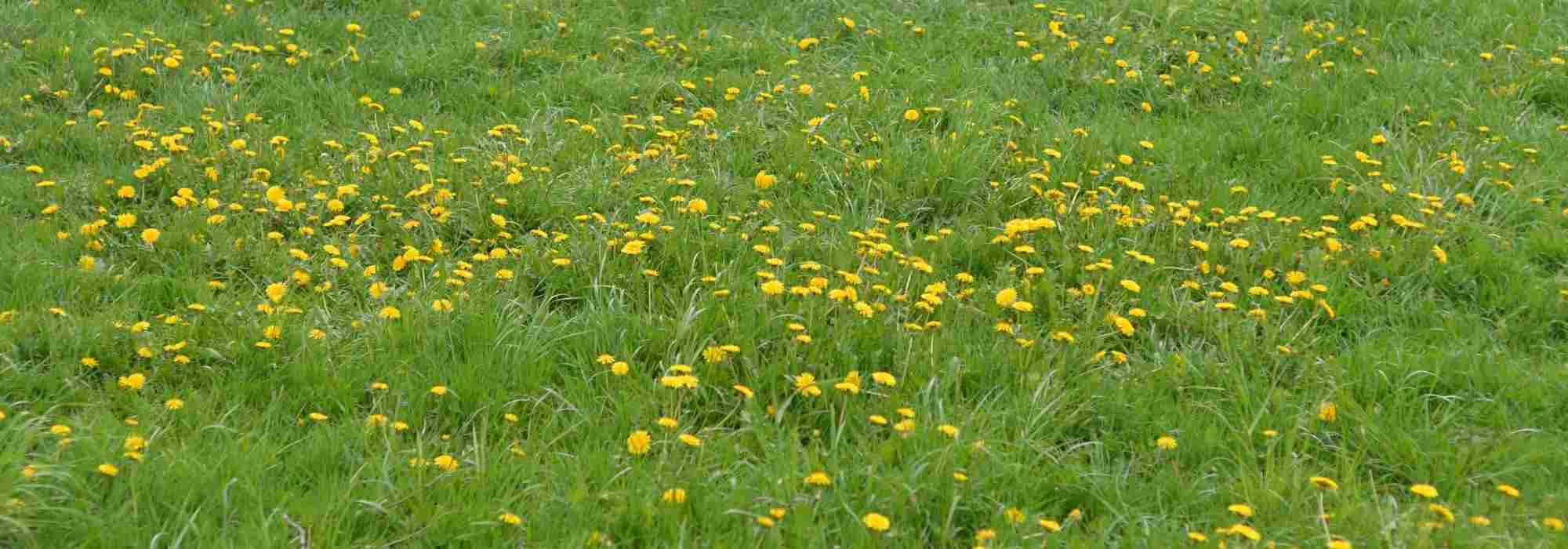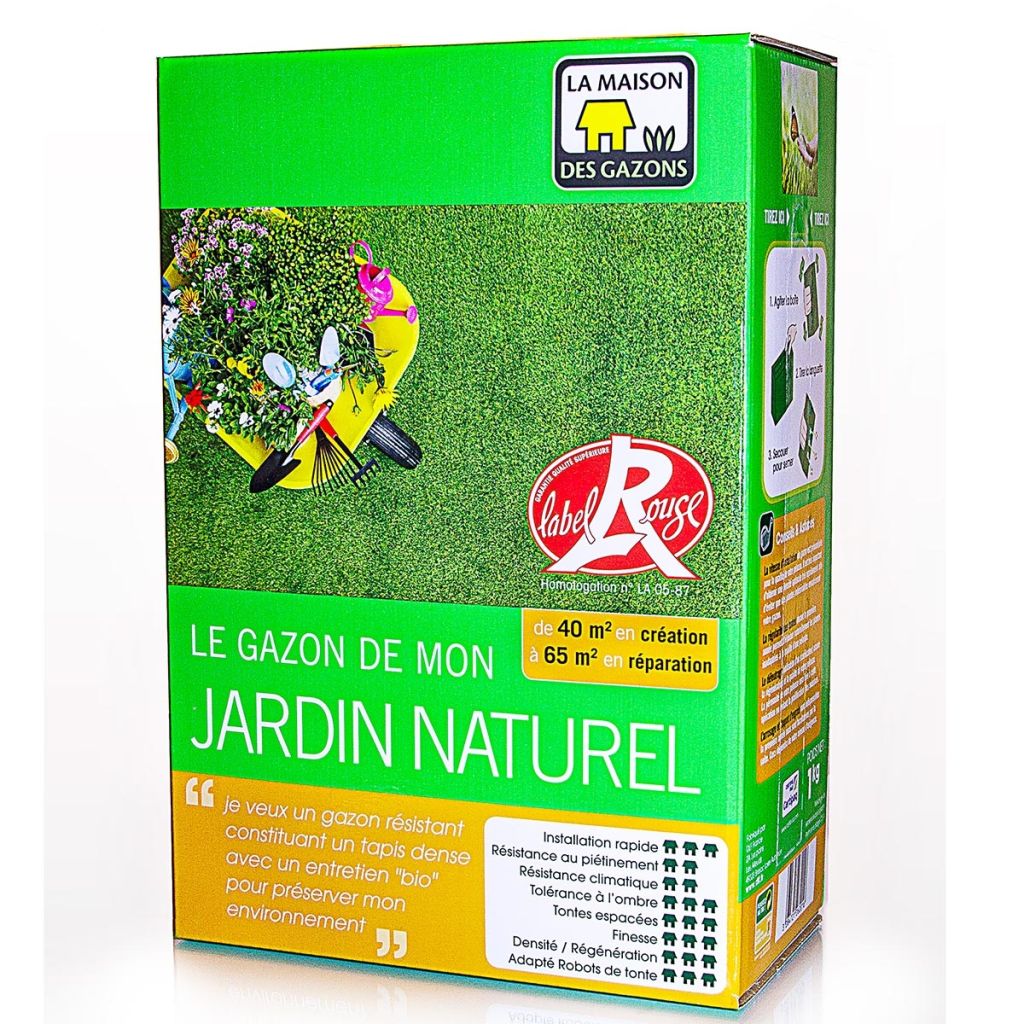

Gazon Mon jardin naturel Label rouge - Boîte de 1kg
Lawn: My Natural Garden Red Label
Special offer!
Receive a €20 voucher for any order over €90 (excluding delivery costs, credit notes, and plastic-free options)!
1- Add your favorite plants to your cart.
2- Once you have reached €90, confirm your order (you can even choose the delivery date!).
3- As soon as your order is shipped, you will receive an email containing your voucher code, valid for 3 months (90 days).
Your voucher is unique and can only be used once, for any order with a minimum value of €20, excluding delivery costs.
Can be combined with other current offers, non-divisible and non-refundable.
Why not try an alternative variety in stock?
View all →This plant carries a 6 months recovery warranty
More information
We guarantee the quality of our plants for a full growing cycle, and will replace at our expense any plant that fails to recover under normal climatic and planting conditions.
Would this plant suit my garden?
Set up your Plantfit profile →
Description
This My Natural Garden Red Label Lawn creates a lawn for relaxation and enjoyment. It has been developed with the latest generation of grasses selected for their natural resilience. These varieties offer density, quick establishment, and resistance to both water stress and diseases. They are among the best varieties listed in the Official French Catalogue of Lawn Varieties. It is the selection of varieties and the combination of these varieties that allow maintenance without synthetic phytosanitary products. This mixture can be used to create a lawn, but also to reseed bare areas of an old lawn. The seeds are preferably sown in March-April by broadcasting, in the sun, in well-prepared and loosened soil. A 1kg box can cover up to 40m² when creating a lawn, and 65m² when reseeding bare areas.
Composition:
- 30% English Ryegrass 4N FABIAN or TETRAGAME
- 20% Creeping Red Fescue HEIDRUN
- 10% Sheep's Fescue QUATRO
- 40% Tall Fescue ESSENTIAL or ARMANI
Product Characteristics and Benefits:
- Quick establishment
- Reduced mowing, suitable for robotic mowing
- Hardy and fine
- Good density and regeneration
Usage and Dosage:
- 1kg box: up to 40m²
- Sowing rate: approximately 25g/m²
- Repair: up to 65m²
Report an error about the product description
Flowering
Foliage
Plant habit
Botanical data
Cultivar or hybrid
Other Lawn
View all →Planting and care
Sowing:
Sow directly in place in the sun, in March-April, in well-worked soil free of weeds, refined and raked. Sow by broadcasting on the surface of the soil and lightly rake to cover the seeds. You can optionally use a roller to ensure good adhesion of the seeds to the soil. Regularly water with a fine mist to keep the soil slightly moist until germination if it does not rain.
Dosage - sowing a new lawn:
- 1 box of 1kg for 40 m², approximately 25 g/m²
To reseed bare patches of lawn: 1kg for 65m²
- Scratch into the areas to be treated with a simple hand rake if they are small and few in number. In the case of larger and more numerous areas, use a scarifier to aerate, loosen and remove any moss.
- Rake the soil to remove plant debris and small stones.
- Prepare a mixture of potting soil and compost.
- Spread about 1 cm of this mixture on the areas to be repaired.
- Rake it in so that it penetrates the surface of the soil.
- Smooth the surface with a roller or a board.
- Then sow your lawn for reseeding.
- Cover the seeds with a very thin layer of the mixture and tamp down well.
- Water with a very fine mist to avoid displacing the seeds.
Sowing period
Intended location
Planting & care advice
This item has not been reviewed yet - be the first to leave a review about it.
Haven't found what you were looking for?
Hardiness is the lowest winter temperature a plant can endure without suffering serious damage or even dying. However, hardiness is affected by location (a sheltered area, such as a patio), protection (winter cover) and soil type (hardiness is improved by well-drained soil).

Photo Sharing Terms & Conditions
In order to encourage gardeners to interact and share their experiences, Promesse de fleurs offers various media enabling content to be uploaded onto its Site - in particular via the ‘Photo sharing’ module.
The User agrees to refrain from:
- Posting any content that is illegal, prejudicial, insulting, racist, inciteful to hatred, revisionist, contrary to public decency, that infringes on privacy or on the privacy rights of third parties, in particular the publicity rights of persons and goods, intellectual property rights, or the right to privacy.
- Submitting content on behalf of a third party;
- Impersonate the identity of a third party and/or publish any personal information about a third party;
In general, the User undertakes to refrain from any unethical behaviour.
All Content (in particular text, comments, files, images, photos, videos, creative works, etc.), which may be subject to property or intellectual property rights, image or other private rights, shall remain the property of the User, subject to the limited rights granted by the terms of the licence granted by Promesse de fleurs as stated below. Users are at liberty to publish or not to publish such Content on the Site, notably via the ‘Photo Sharing’ facility, and accept that this Content shall be made public and freely accessible, notably on the Internet.
Users further acknowledge, undertake to have ,and guarantee that they hold all necessary rights and permissions to publish such material on the Site, in particular with regard to the legislation in force pertaining to any privacy, property, intellectual property, image, or contractual rights, or rights of any other nature. By publishing such Content on the Site, Users acknowledge accepting full liability as publishers of the Content within the meaning of the law, and grant Promesse de fleurs, free of charge, an inclusive, worldwide licence for the said Content for the entire duration of its publication, including all reproduction, representation, up/downloading, displaying, performing, transmission, and storage rights.
Users also grant permission for their name to be linked to the Content and accept that this link may not always be made available.
By engaging in posting material, Users consent to their Content becoming automatically accessible on the Internet, in particular on other sites and/or blogs and/or web pages of the Promesse de fleurs site, including in particular social pages and the Promesse de fleurs catalogue.
Users may secure the removal of entrusted content free of charge by issuing a simple request via our contact form.
The flowering period indicated on our website applies to countries and regions located in USDA zone 8 (France, the United Kingdom, Ireland, the Netherlands, etc.)
It will vary according to where you live:
- In zones 9 to 10 (Italy, Spain, Greece, etc.), flowering will occur about 2 to 4 weeks earlier.
- In zones 6 to 7 (Germany, Poland, Slovenia, and lower mountainous regions), flowering will be delayed by 2 to 3 weeks.
- In zone 5 (Central Europe, Scandinavia), blooming will be delayed by 3 to 5 weeks.
In temperate climates, pruning of spring-flowering shrubs (forsythia, spireas, etc.) should be done just after flowering.
Pruning of summer-flowering shrubs (Indian Lilac, Perovskia, etc.) can be done in winter or spring.
In cold regions as well as with frost-sensitive plants, avoid pruning too early when severe frosts may still occur.
The planting period indicated on our website applies to countries and regions located in USDA zone 8 (France, United Kingdom, Ireland, Netherlands).
It will vary according to where you live:
- In Mediterranean zones (Marseille, Madrid, Milan, etc.), autumn and winter are the best planting periods.
- In continental zones (Strasbourg, Munich, Vienna, etc.), delay planting by 2 to 3 weeks in spring and bring it forward by 2 to 4 weeks in autumn.
- In mountainous regions (the Alps, Pyrenees, Carpathians, etc.), it is best to plant in late spring (May-June) or late summer (August-September).
The harvesting period indicated on our website applies to countries and regions in USDA zone 8 (France, England, Ireland, the Netherlands).
In colder areas (Scandinavia, Poland, Austria...) fruit and vegetable harvests are likely to be delayed by 3-4 weeks.
In warmer areas (Italy, Spain, Greece, etc.), harvesting will probably take place earlier, depending on weather conditions.
The sowing periods indicated on our website apply to countries and regions within USDA Zone 8 (France, UK, Ireland, Netherlands).
In colder areas (Scandinavia, Poland, Austria...), delay any outdoor sowing by 3-4 weeks, or sow under glass.
In warmer climes (Italy, Spain, Greece, etc.), bring outdoor sowing forward by a few weeks.






























